#on the philippines
Text
i must preface this post by saying i am on the side of the activists and of radical leftists in the philippines, but there is too much rhetoric being espoused (mostly by manilenyos and other folk from metropoles) that has the effect of diminishing and perhaps even dehumanizing those from outside the center. they have cultures themselves that are often either unrecognized by the filipino or commodified
to feed into a filipino identity is to reinforce colonialist imposition. no matter how much you try to reform and make filipino your own, it will always be a tool for oppression for others. in the same way you cannot reform capitalism into something good
the filipino was made by the spanish to refer to other spaniards that were from the philippines. with the philippine revolution (itself mostly a transferral of power to america), the filipino has been claimed by the indios, and with it we participated in global capitalism
it is not fruitful to deny the truth of historical materialism: the philippines as a state is an american project, built upon the bones of quezon. to this day we are a neocolonial entity. what then? there is a better world beyond the filipino. those in manila would not know: manilenyo marxists and communists would be blinded even more by dogma.
if you have never experienced or lived through the lives of those in cebu, or davao, etc., you will not understand the violence of them understanding manilenyos when you talk tagalog but you not understand them when they speak in their own language.
the violence of filipino imposition, saying "this or that is filipino identity!"' when it is something pretty unique to the metropolis of manila. not every province has jeepneys (and i will say that I am of course on the side of the jeepney drivers and #NoToJeepneyPhaseout, just in case more leftists misconstrue my words as they are wont to do in this era of twitter discourse dominated by youth burgeoning from american educational systems), not every province has jollibees, or karatulas, or flower shops. in the same sense, the filipino colonial project looks to other places in the philippines and then immediately reduces them to their main export: cebu has lechon, iloilo has kansi, etc. this is a violence those that live in these places know too well. it hasn't changed.
is it ever surprising then that cebu wanted to leave the philippines back in the 50s? imagine this: in the event that we all had our way after spanish colonialism, we probably would've split. witness the shared cultures of china--they have different bespoke cultures but they are of the same country.
at the end of it all, this is still a criticism of nationalism and nation states. this is not a filipino problem, but a global capitalism problem. witness how even marx knew that nationalism was temporary and said that it was a manifestation of self-alienation. to become a nation is to be part of global capitalism's game, to be easily exploitable, to force yourself to conform to the definitions of the empire
#thoughts#on the philippines#because a lot of tibaks have a very rudimentary#dialectics and even marxism which they purport to be#its increasingly clear to me that activism in the philippines is becoming more and more of a means of releasing guilt#by the petty boojwazi#and they think following the leader is enough#instead of interrogating the actual structures of capitalism#and even interrogating and questioning the foundations of their own knowledge#but that's all right that's not exactly their job#their job is to resist and keep the fight up
53 notes
·
View notes
Text

This is a monument to the US colonization of the Philippines. The US killed at least 200,000 Filipinos in the Philippines-US war and US imperialism until now greatly affects the Philippines. The struggle for liberation of colonized peoples is one. I, for one, welcome this defacement, and would actually like to see it vandalized even more.
8K notes
·
View notes
Text

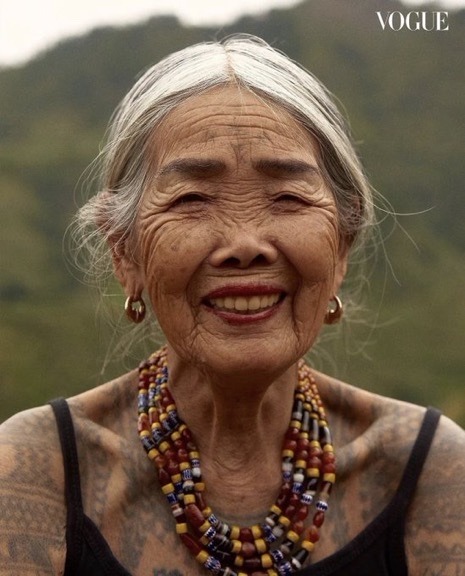



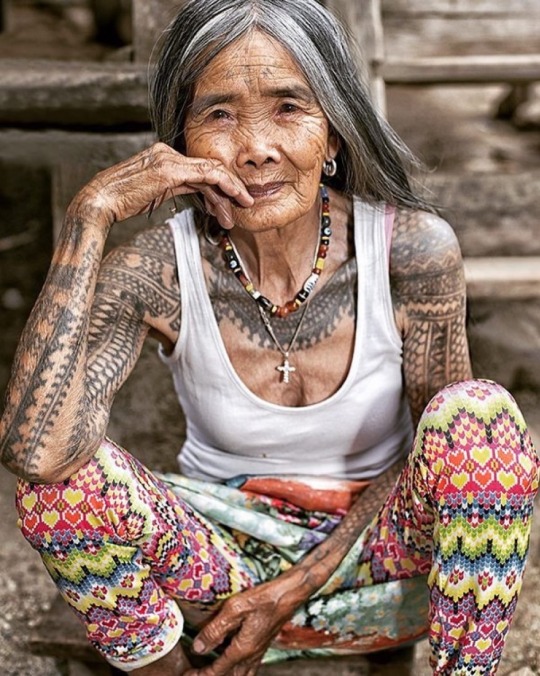
Michelle Dee, Miss Phillipines 2023, wore a dress as a tribute to the last and oldest living Kalinga (Indigenous Filipinos) tattoo artist, Apo Whang Od and her work
#michelle dee#Michelle Marquez dee#Maria Whang Od Oggay#apo whang od#philippines#miss universe#miss universe 2023#filipino#fashion#couture#fashion history#tattoo#indigenous#indigineous people#history#Art history#Vogue#miss Philippines#miss Philippines 2023#mine
9K notes
·
View notes
Text



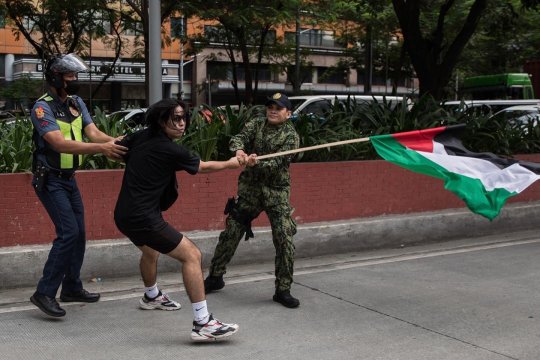


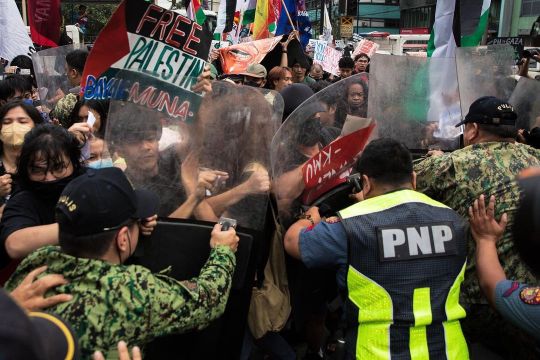
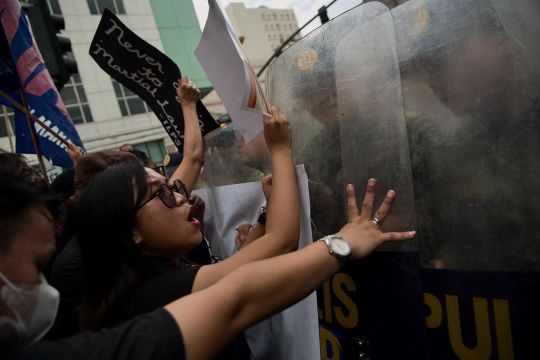
Filipino activists clash with police as they march towards the US Embassy in Manila to protest the US backed genocidal siege waged by Israel in Gaza.
November 14 2023
Photos by Raffy Lerma
#palestine#free palestine#philippines#free gaza#gaza genocide#save palestine#i stand with palestine#fuck the idf#save gaza#palestinian genocide#b
7K notes
·
View notes
Text

In my dreams we are both free
6K notes
·
View notes
Text
University students in the Philippines, who were directed to create their own “anti-cheating” hats to prevent them from looking at their peers’ papers during midterm examinations, came out with unique ideas
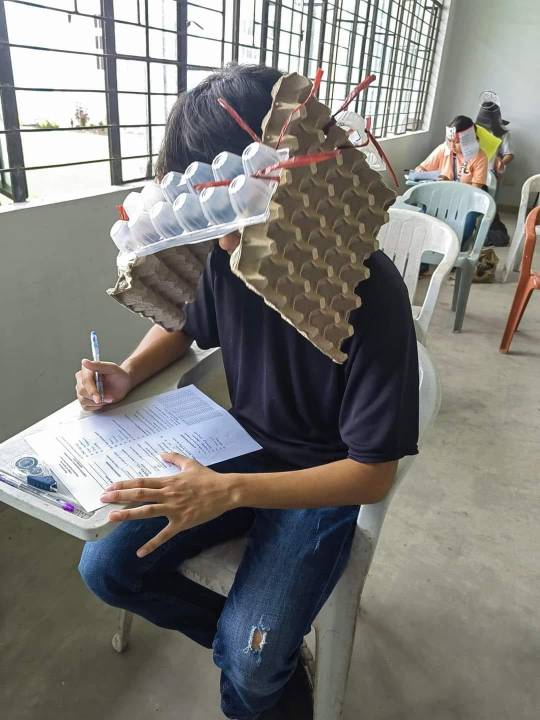
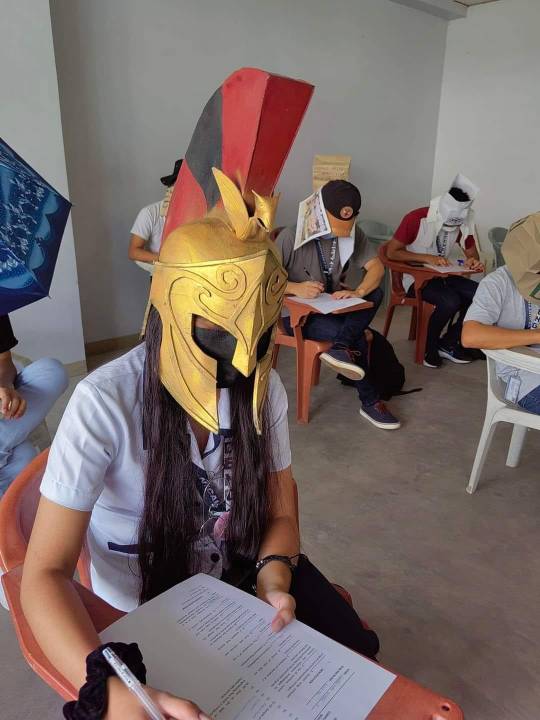
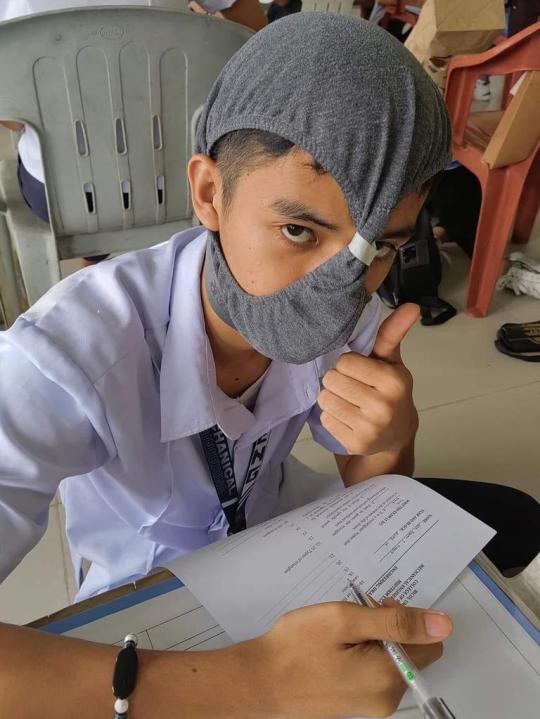


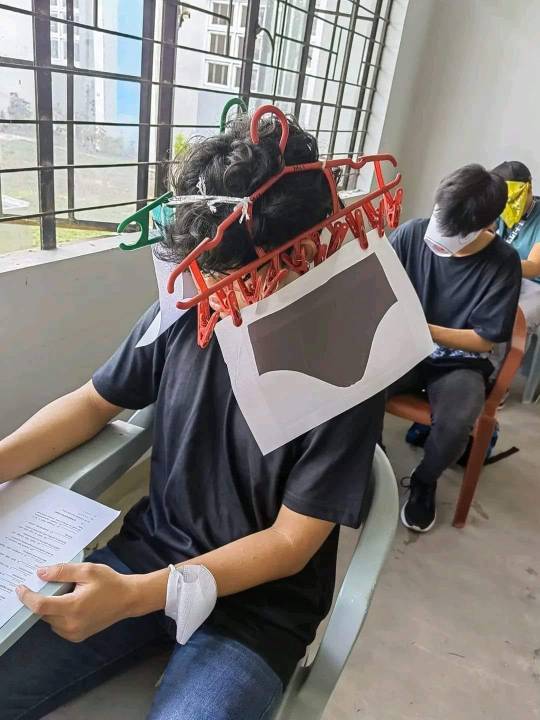





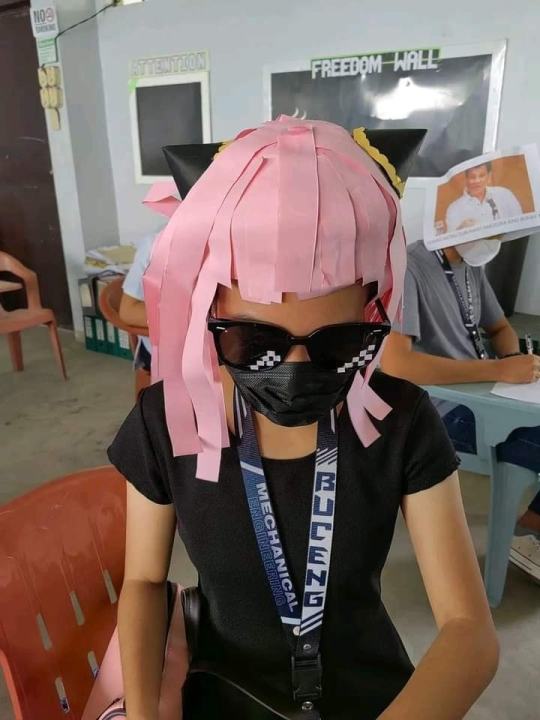
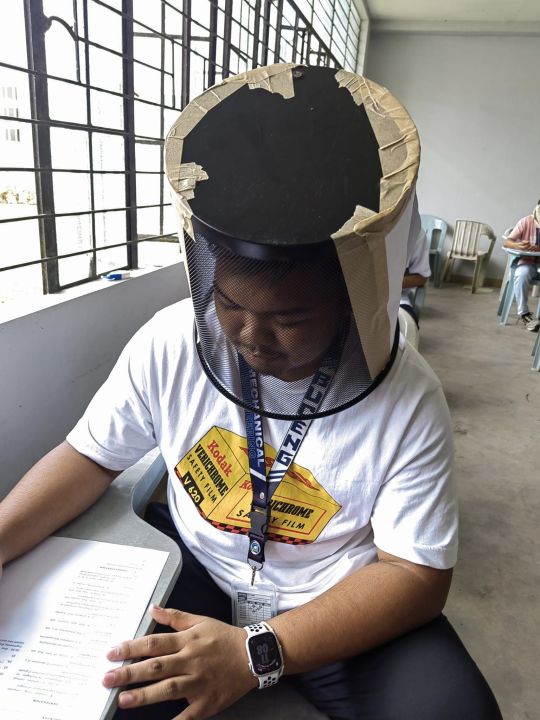
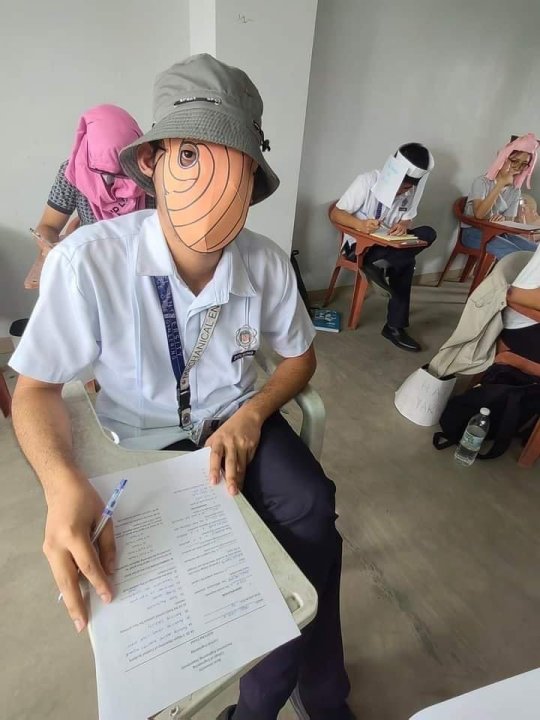
49K notes
·
View notes
Text


Lightning through the ash cloud of Taal Volcano (x)
#taal volcano#volcano#volcanoes#lightning#ash cloud#volcanic eruption#lightning volt#nature#the philippines#earth#taal lake
2K notes
·
View notes
Text

By Seelautravel
Romblon, Philippines
2K notes
·
View notes
Text

“Red is the first color of the rainbow” - Pro-LGBT propaganda poster from Filipino communist Emiliana Kampilan (c. 2019)
7K notes
·
View notes
Text

2K notes
·
View notes
Text

As always, death to imperialism.
3K notes
·
View notes
Text
The Spanish surnames of many Filipinos have often misled foreigners here and abroad, who are unaware of the decree on the adoption of surnames issued by Governor-General Narciso Clavería in 1849. Until quite recently in the United States, the Filipinos were classified in demographic statistics as a “Spanish-speaking minority,” along with Puerto Ricans, Cubans, Mexicans, and other nationals of the Central or South American republics. The Philippines, as is well known, was a Spanish colony when Spain was mistress of empires in the Western Hemisphere; but the Americans were “hispanized” demographically, culturally, and linguistically, in a way the Philippines never was. Yet the Spanish surnames of the Filipinos today—García, Gómez, Gutiérrez, Fernández—seem to confirm the impression of the American statistician, as well as of the American tourist, that the Philippines is just another Mexico in Asia. Nor is this misunderstanding confined to the United States; most Spaniards still tend to think of “las Islas Filipinas” as a country united to them through the language of Cervantes, and they catalogue Philippine studies under “Hispano-America.” The fact is that after nearly three-and-a-half centuries of Spanish rule probably not more than one Filipino in ten spoke Spanish, and today scarcely one in fifty does. Still the illusion lives on, thanks in large part to these surnames, which apparently reflect descent from ancient Peninsular forbears, but in reality often date back no farther than this decree of 1849.
Somehow overlooked, this decree, with the Catálogo Alfabético de Apellidos which accompanied it, accounts for another curiousity which often intrigues both Filipinos and foreign visitors alike, namely, that there are towns in which all the surnames of the people begin with the same letter. This is easily verifiable today in many parts of the country. For example, in the Bikol region, the entire alphabet is laid out like a garland over the provinces of Albay, Sorsogon, and Catanduanes which in 1849 belonged to the single jurisdiction of Albay. Beginning with A at the provincial capital, the letters B and C mark the towns along the coast beyond Tabaco to Tiwi. We return and trace along the coast of Sorsogon the letters E to L; then starting down the Iraya Valley at Daraga with M, we stop with S to Polangui and Libon, and finish the alphabet with a quick tour around the island of Catan-duanes. Today’s lists of municipal officials, memorials to local heroes, even business or telephone directories, also show that towns where family names begin with a single letter are not uncommon. In as, for example, the letter R is so prevalent that besides the Roas, Reburianos, Rebajantes, etc., some claim with tongue in cheek that the town also produced Romuáldez, Rizal, and Roosevelt!
Excerpt from the 1973 introduction to Catálogo de Alfabético de Apellidos by Domingo Abella
1K notes
·
View notes
Text





Filipinos join Palestinian refugees in calling for a ceasefire in Gaza during a march at the University of the Philippines Diliman Quezon City on May 19, 2024.
Photos by Raffy Lerma
#palestine#free palestine#philippines#free gaza#gaza genocide#save palestine#i stand with palestine#save gaza#palestinian genocide#b#gaza#all eyes on rafah
1K notes
·
View notes
Text
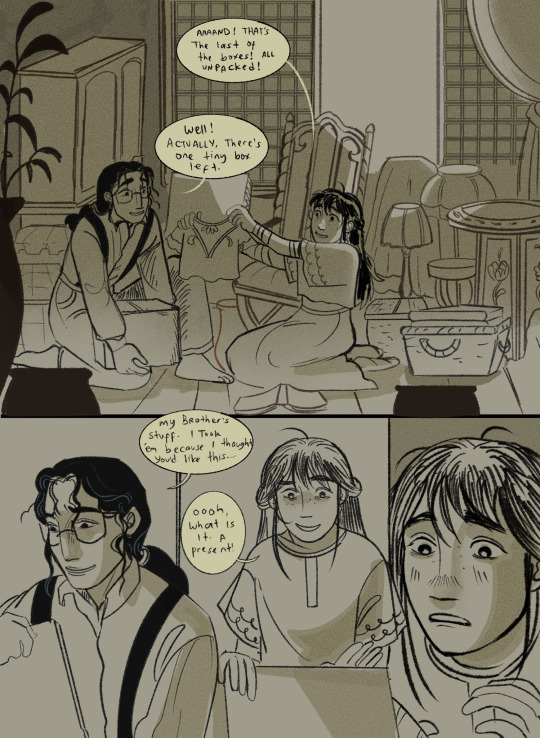
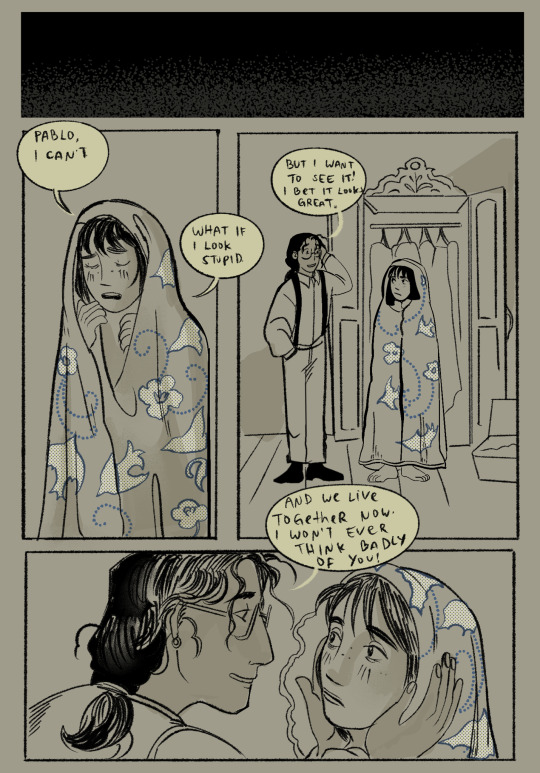
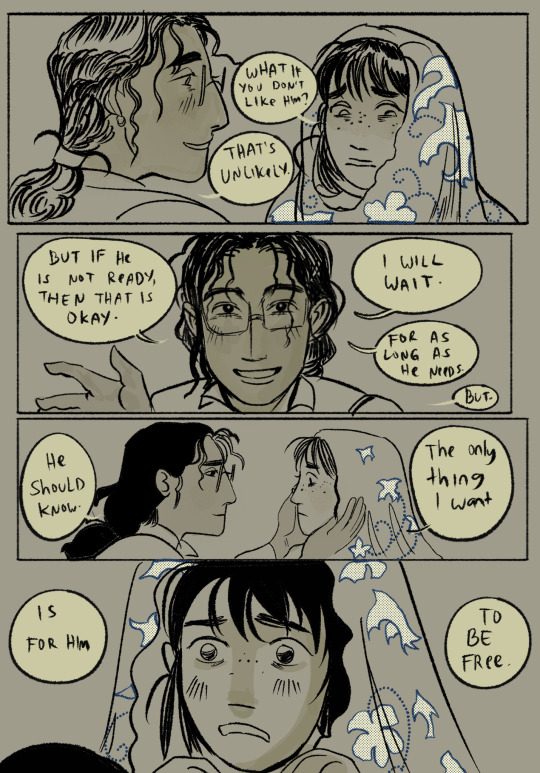



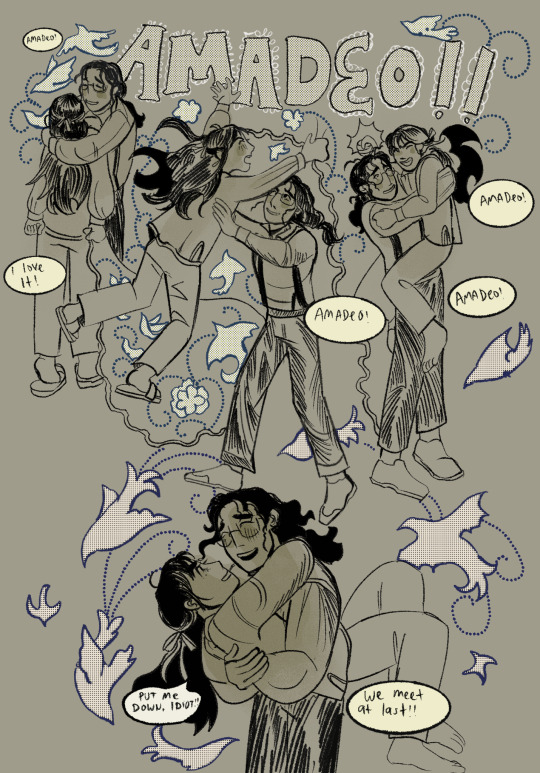


My Name
#the house on monsoon hill#art#comics#what was my tag again#sorry had to repost#philippines#southeast asia
2K notes
·
View notes
Text

A Paper Nautilus drifts on a piece of ocean debris at night, surrounded by heavy sediment.
Photo: Philippines
Photographer: Jialing Cai
Ocean Photographer of the Year
#jialing cai#photographer#paper nautilus#ocean#marine#ocean photographer of the year#nature#philippines
646 notes
·
View notes
Text


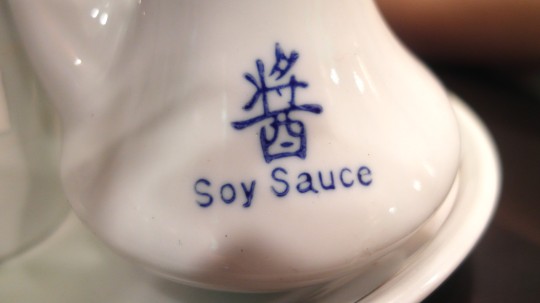

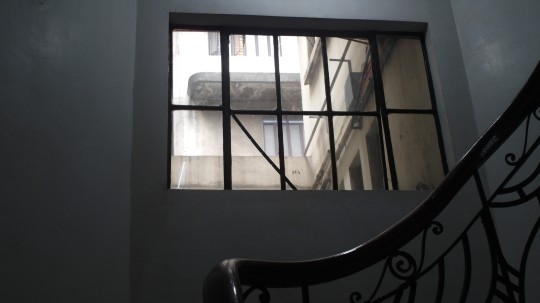
things seen in Manila
698 notes
·
View notes